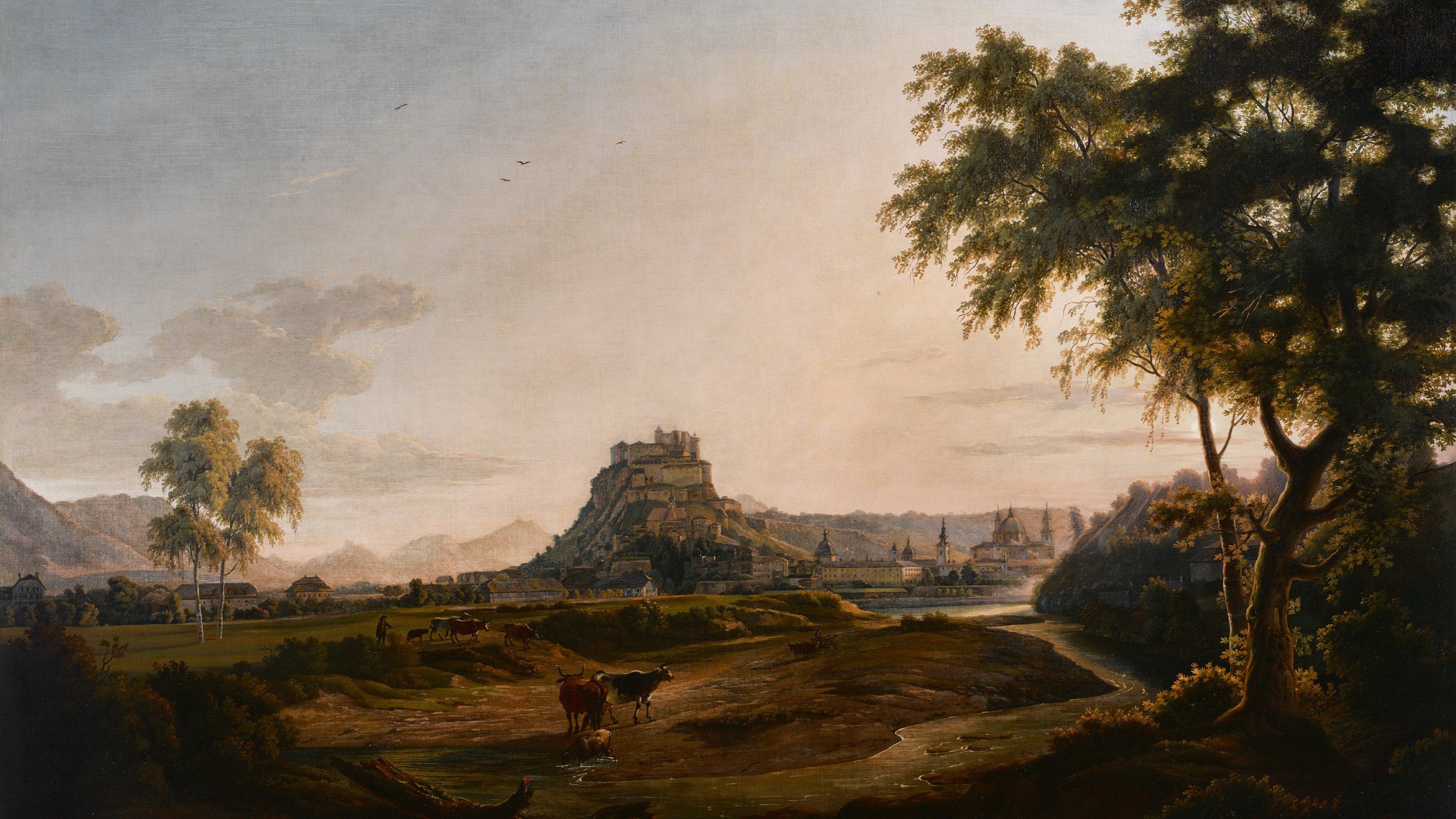Mozart’s “Ave Verum Corpus”: Sublime Simplicity
Austrian pianist Artur Schnabel insisted that Mozart’s Ave verum corpus, K. 618 is “too simple for children, and too difficult for adults.” Indeed, this simple choral, unfolding over 46 measures, imparts a cosmic “rightness.” It says all that needs to be said. The score is inscribed with a single interpretive marking—sotto voce, which implies a hushed, reverent tone. This motet was composed in the final six months of Mozart’s life, concurrently with The …







